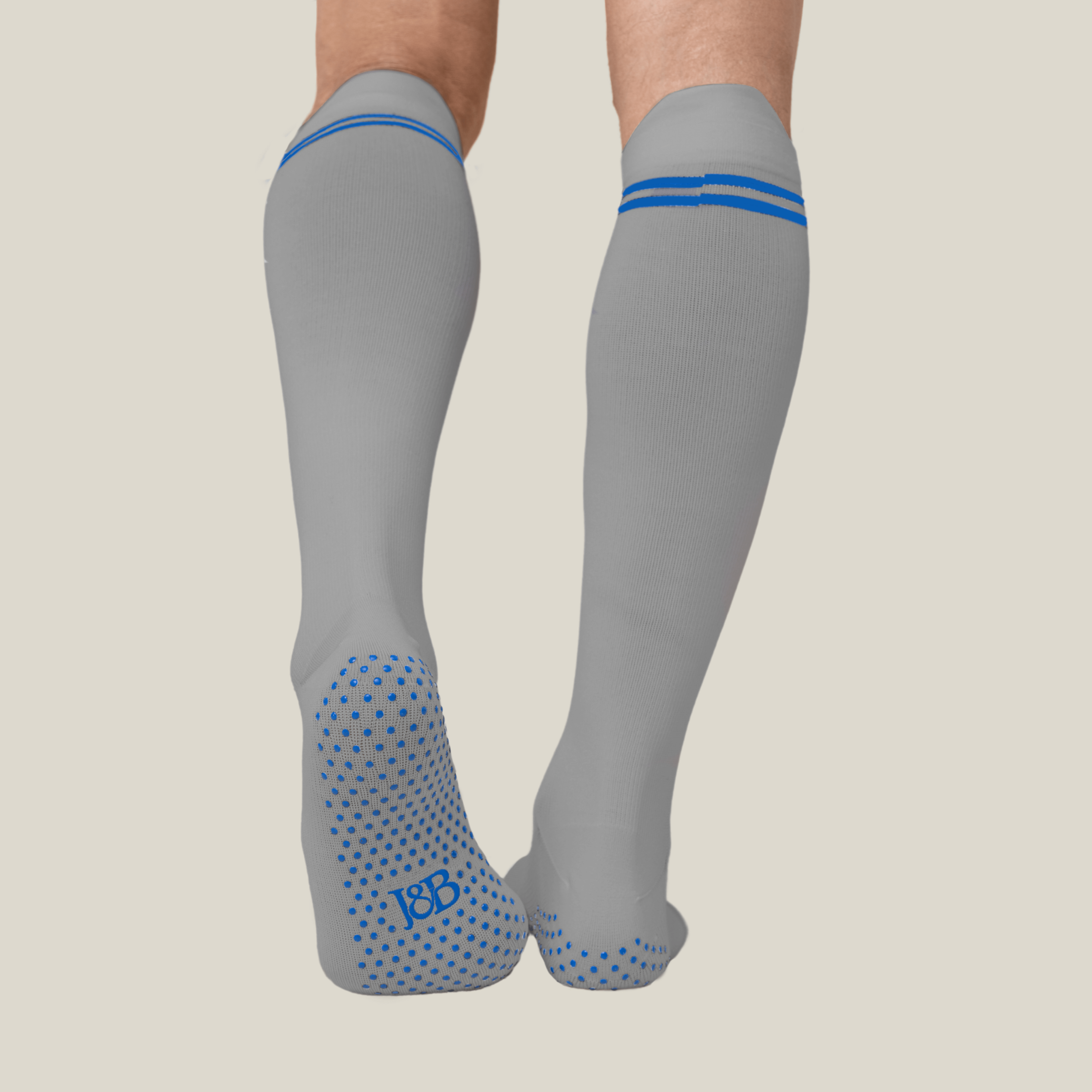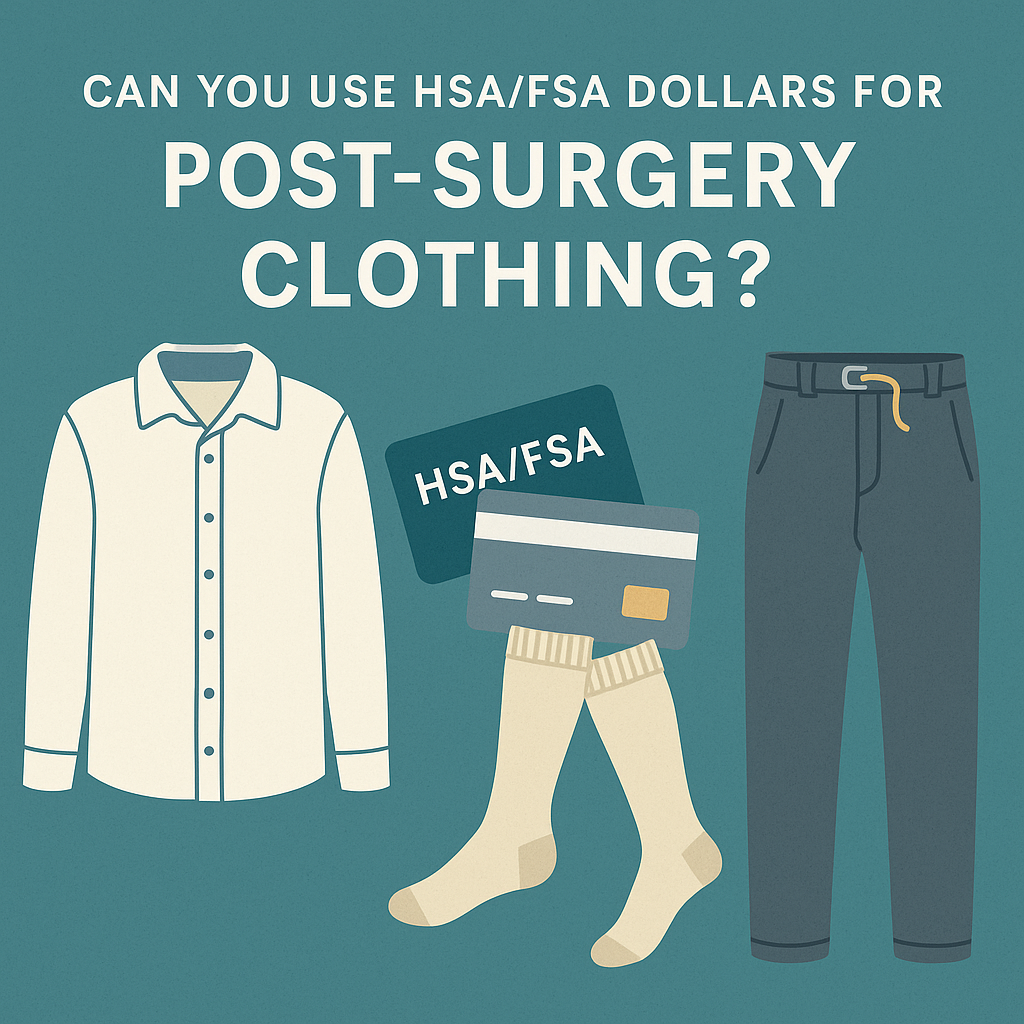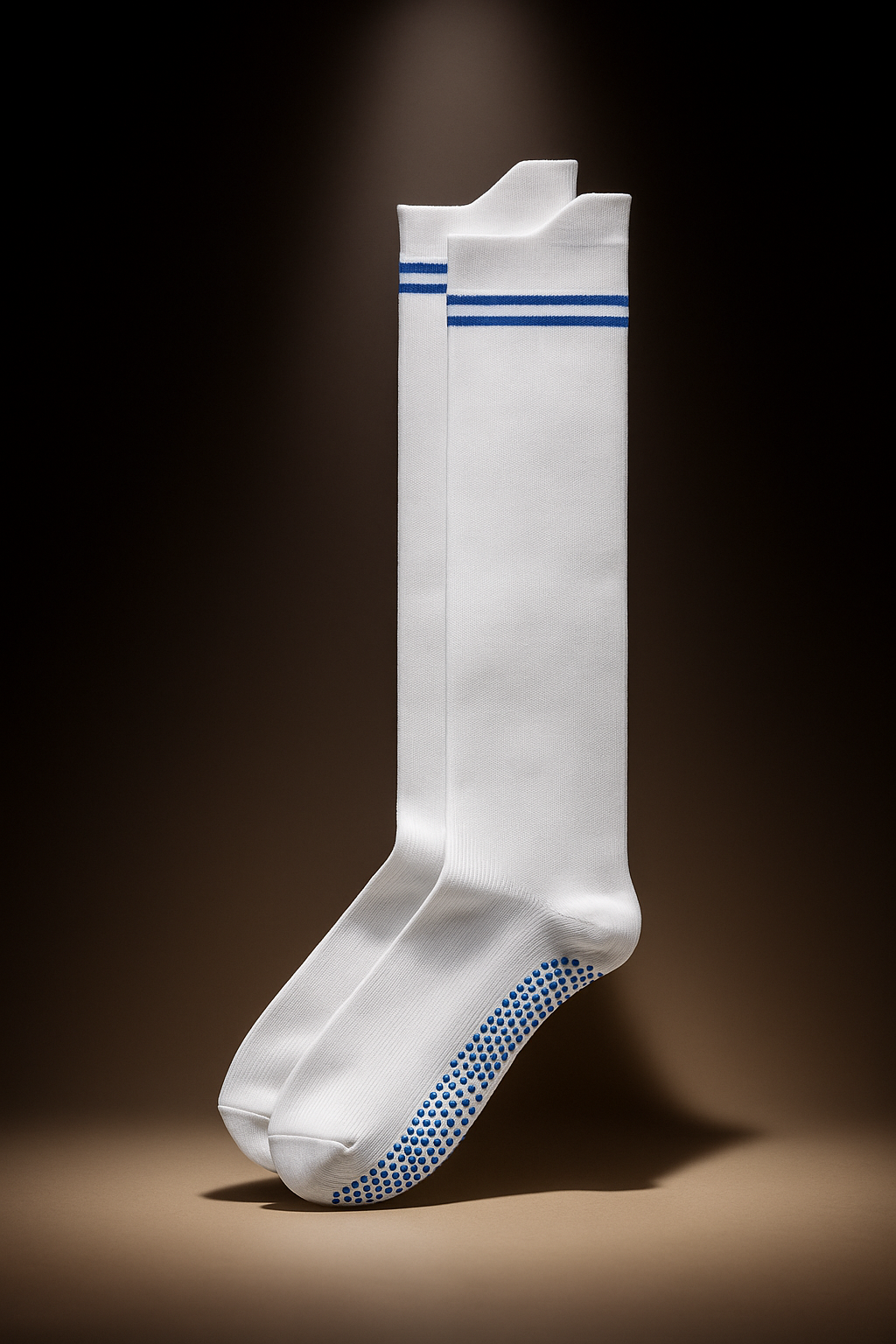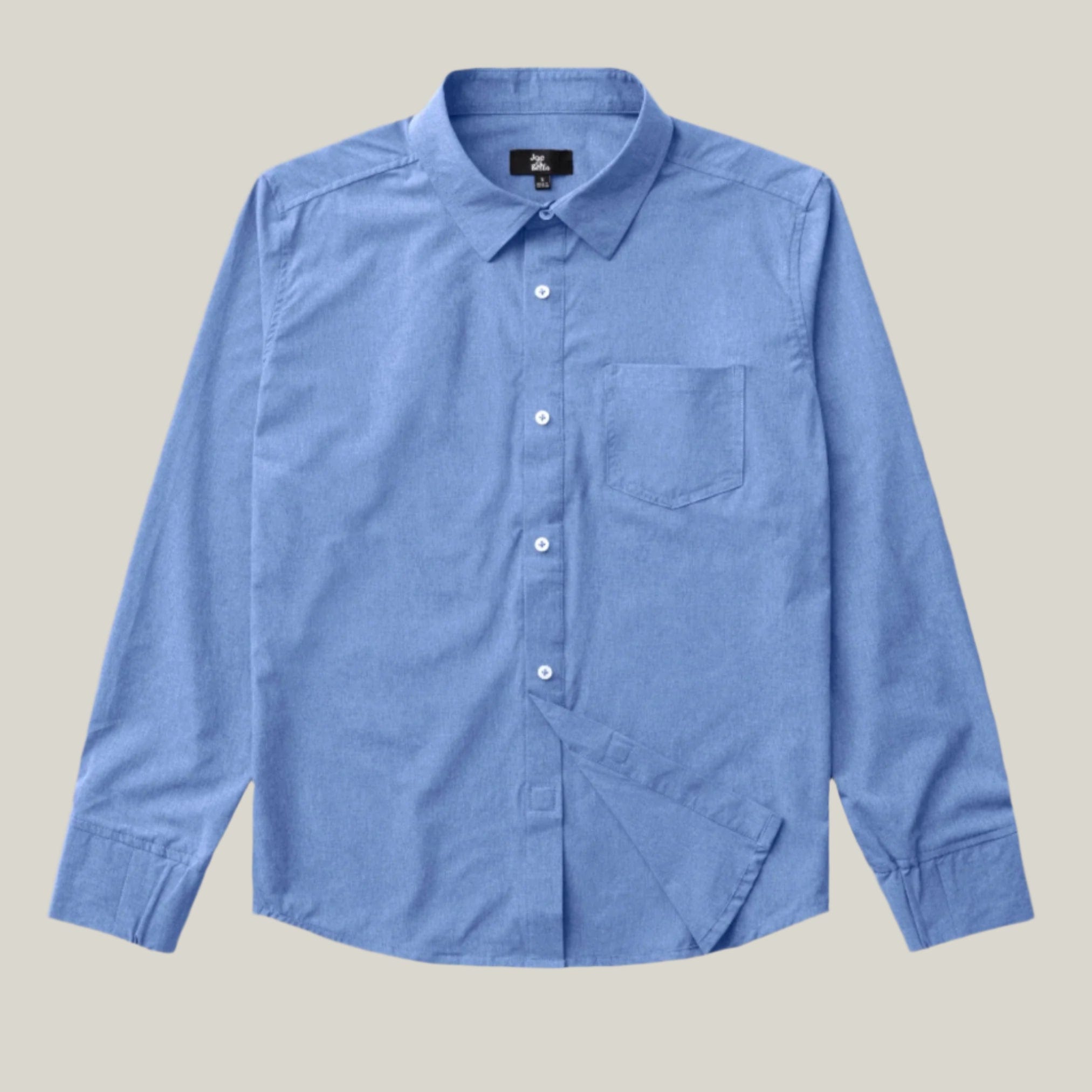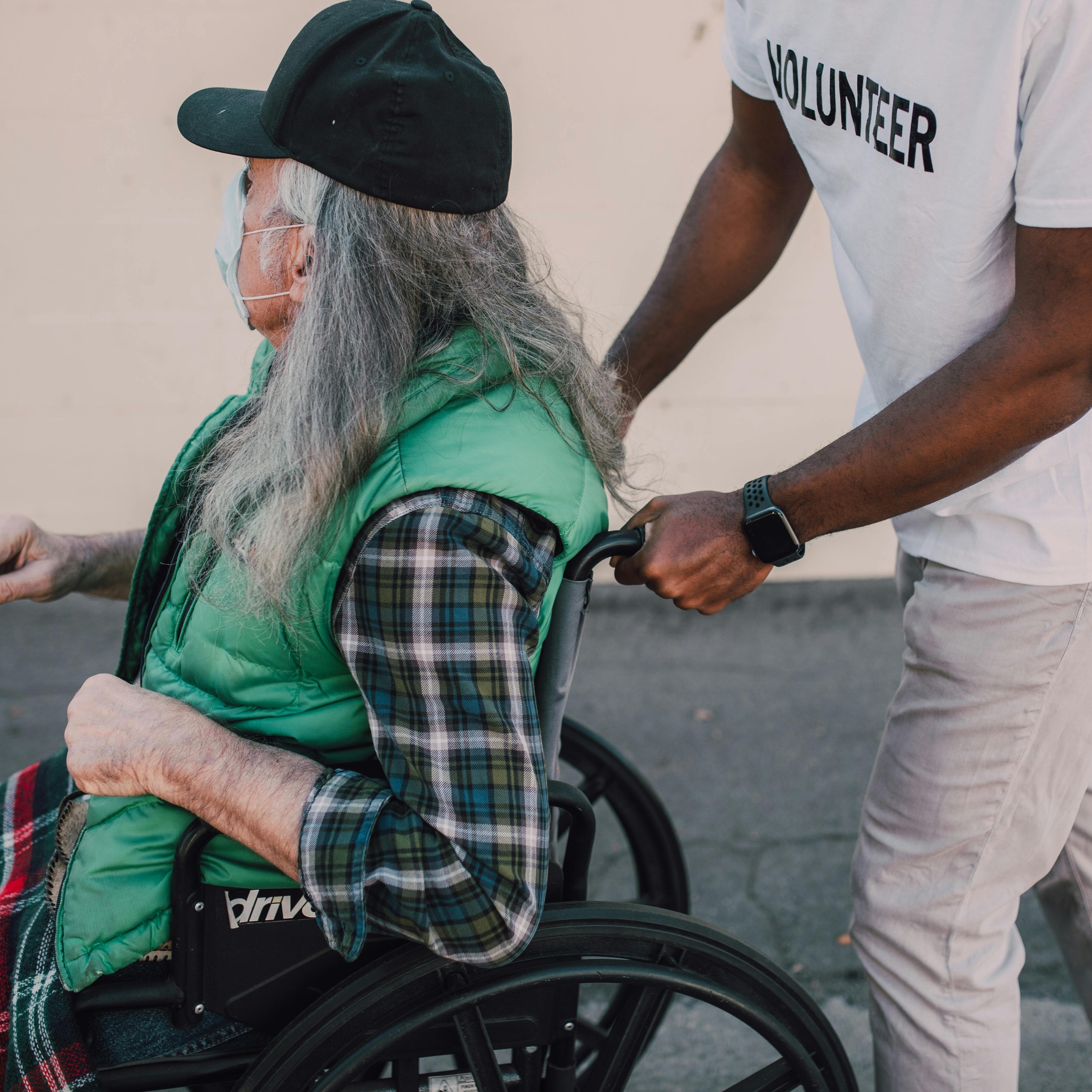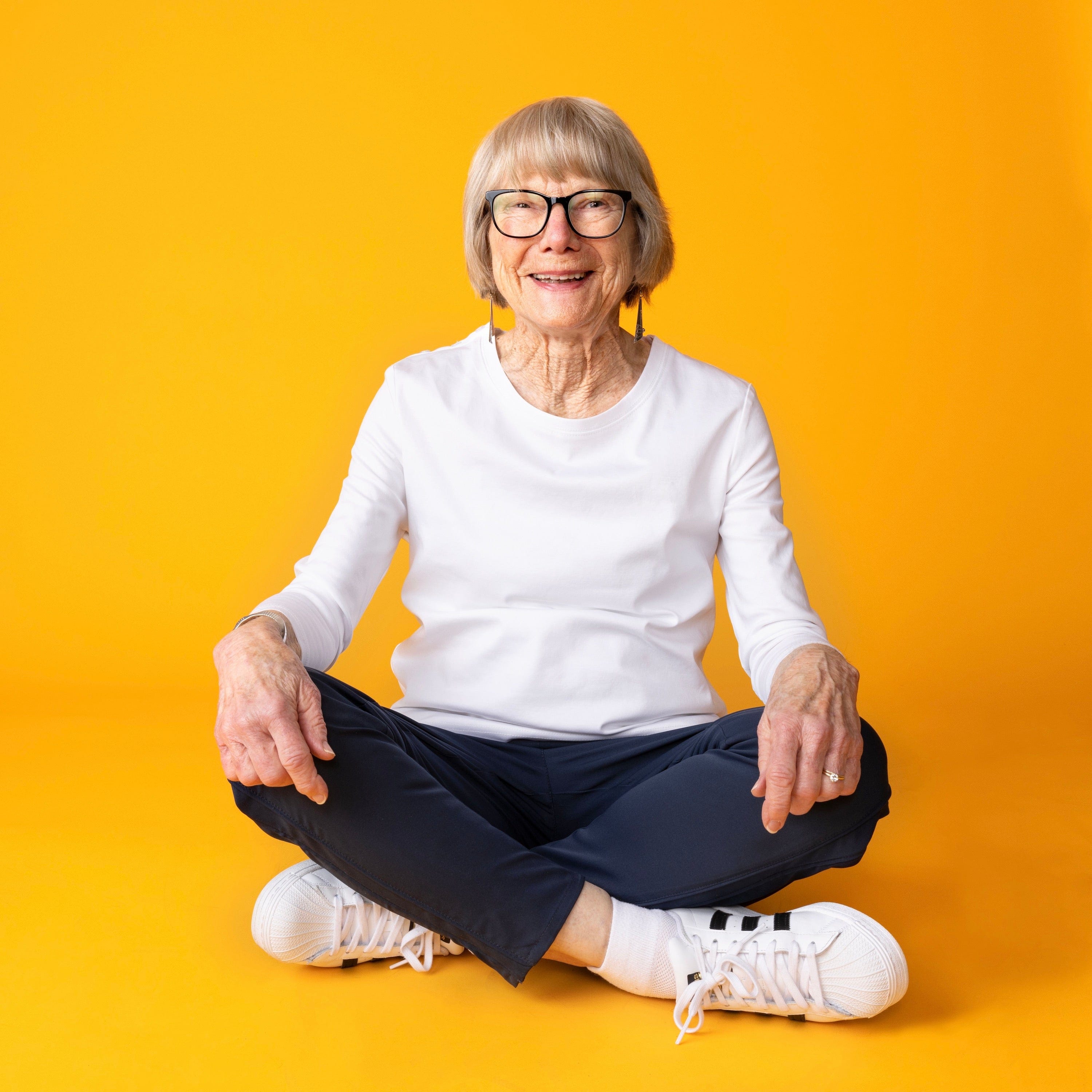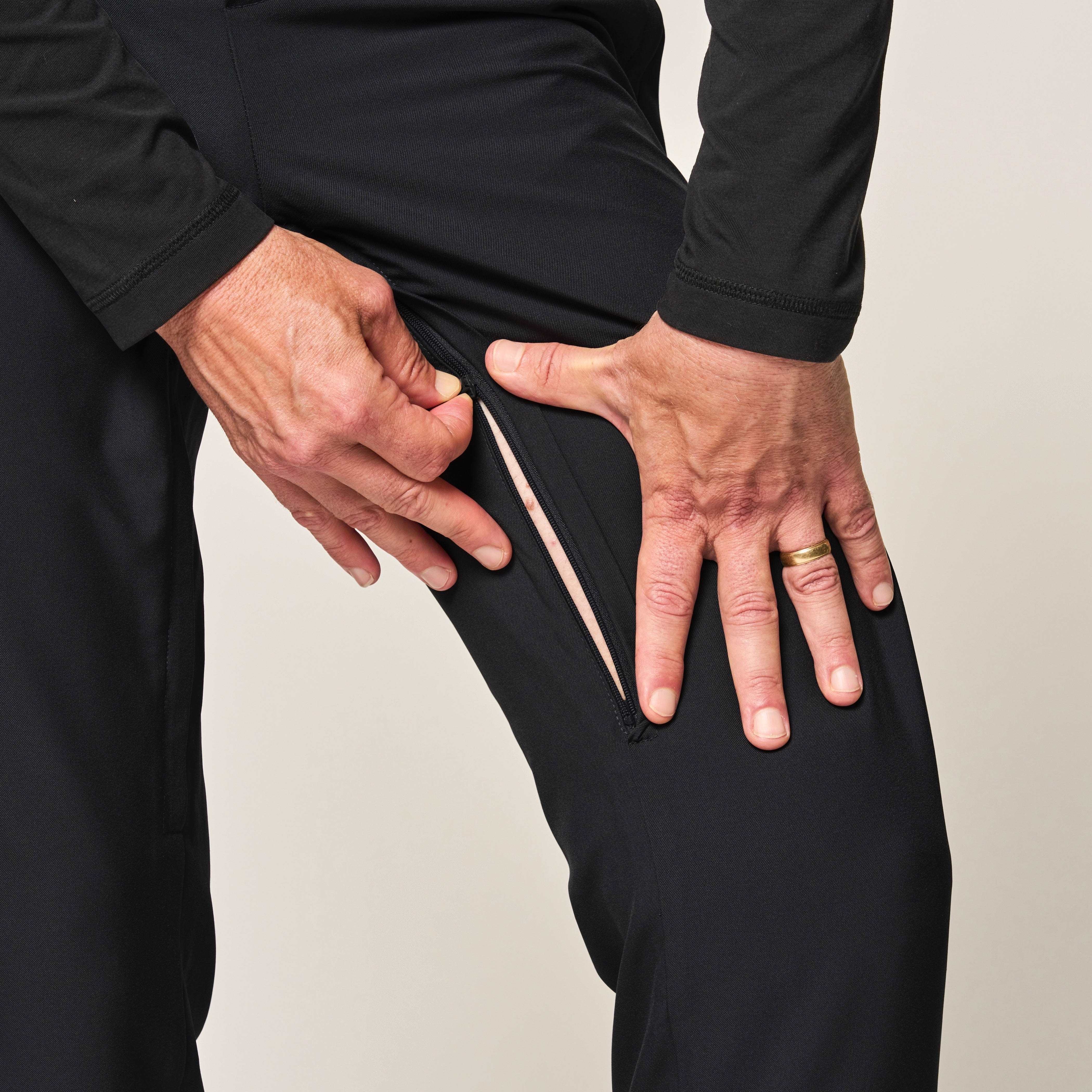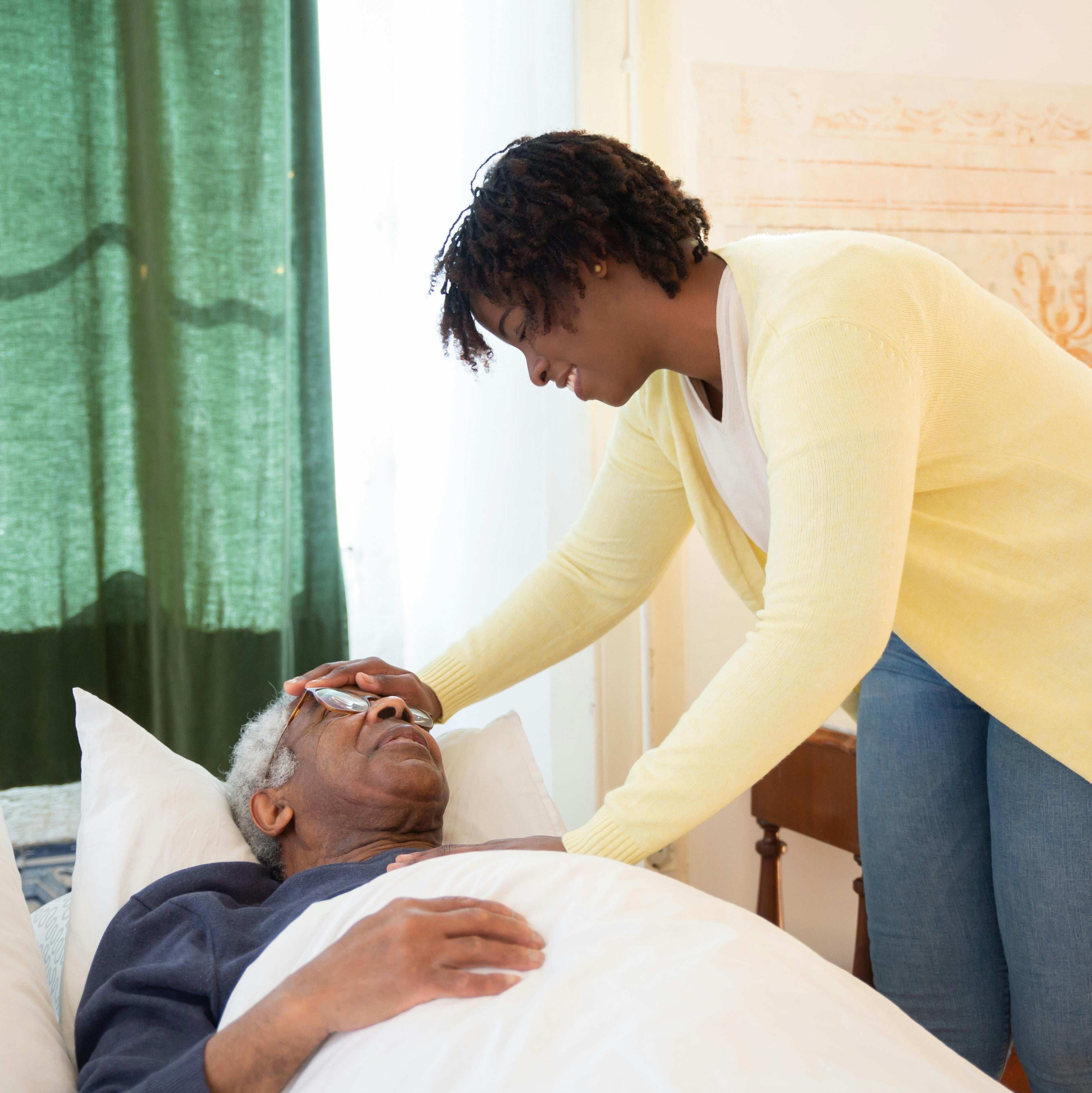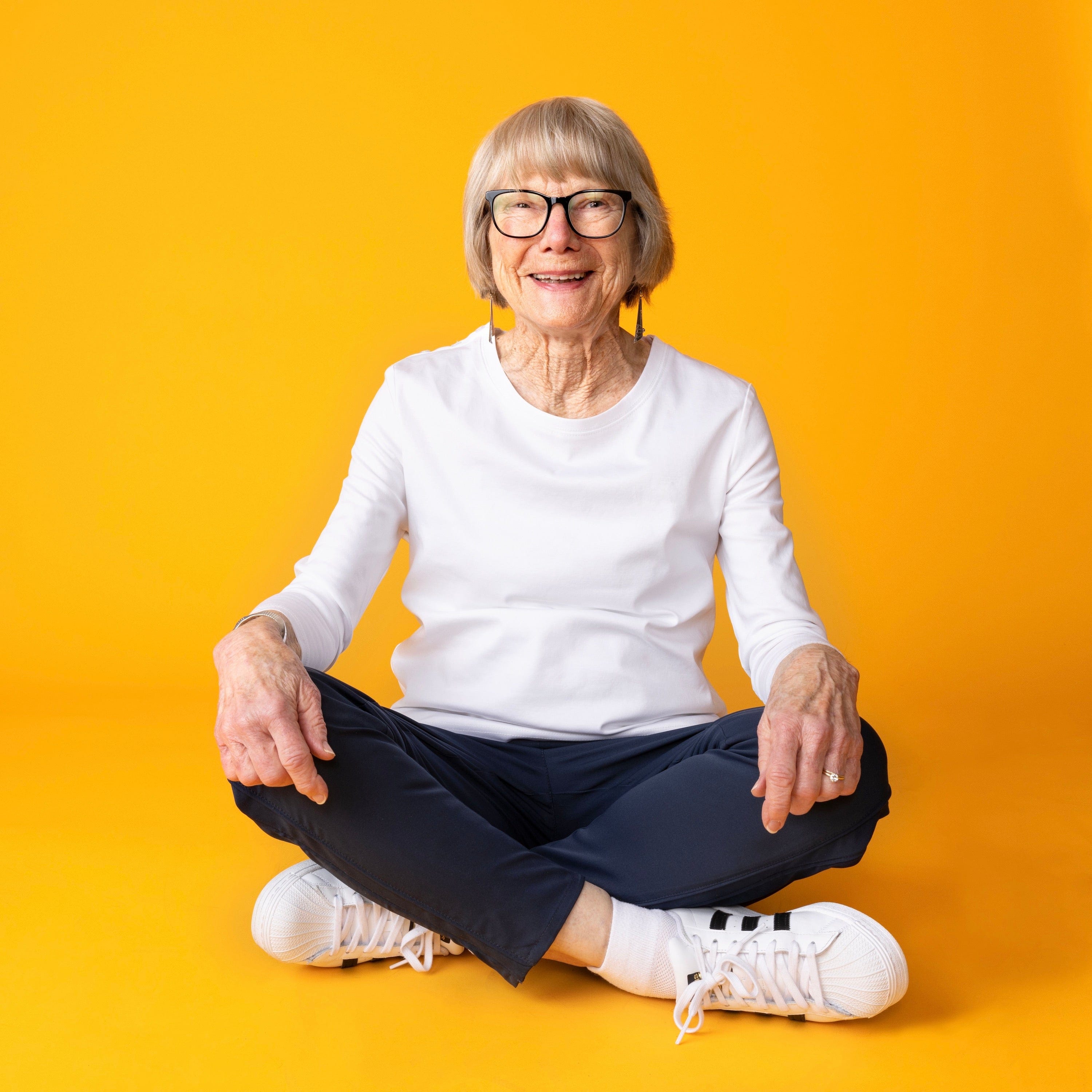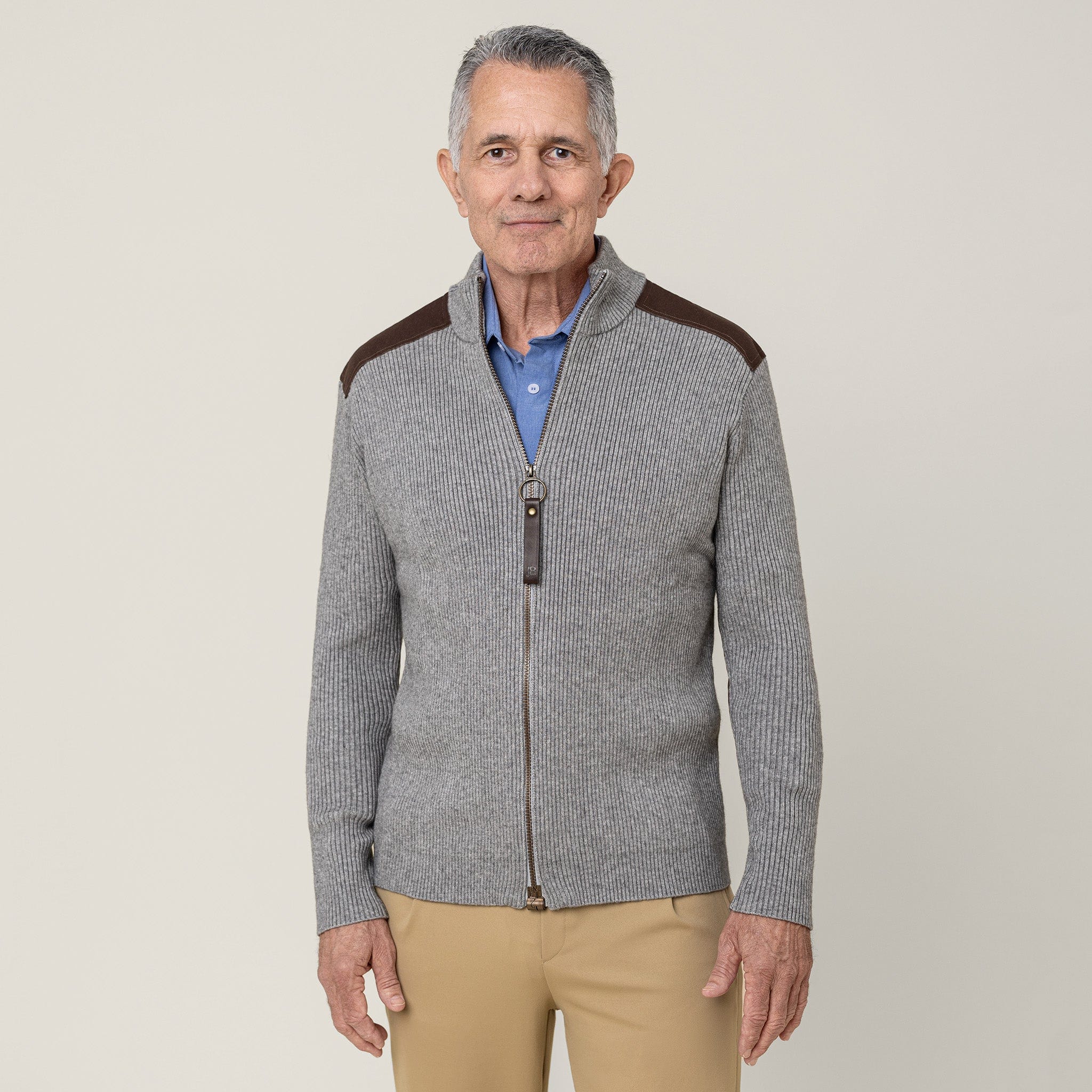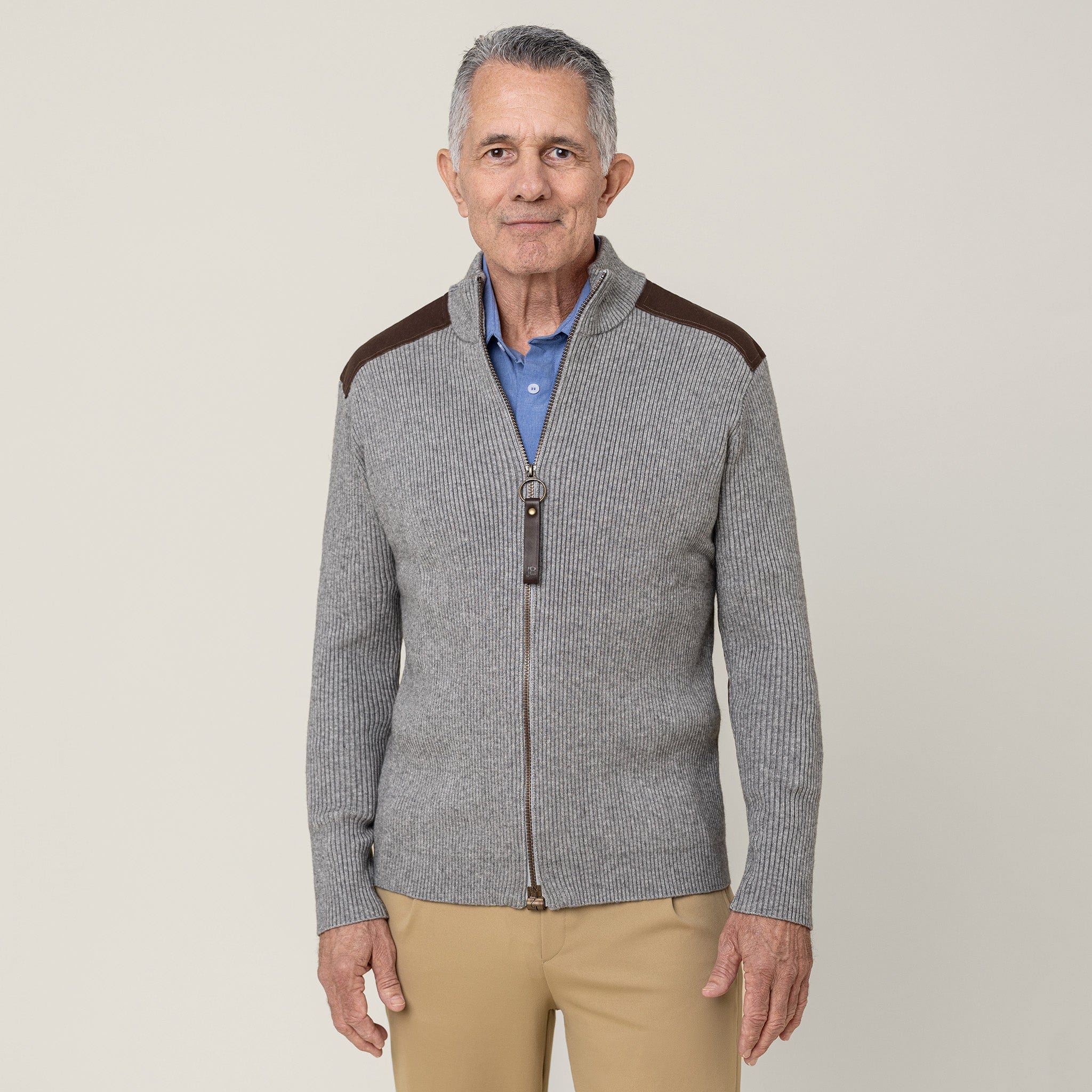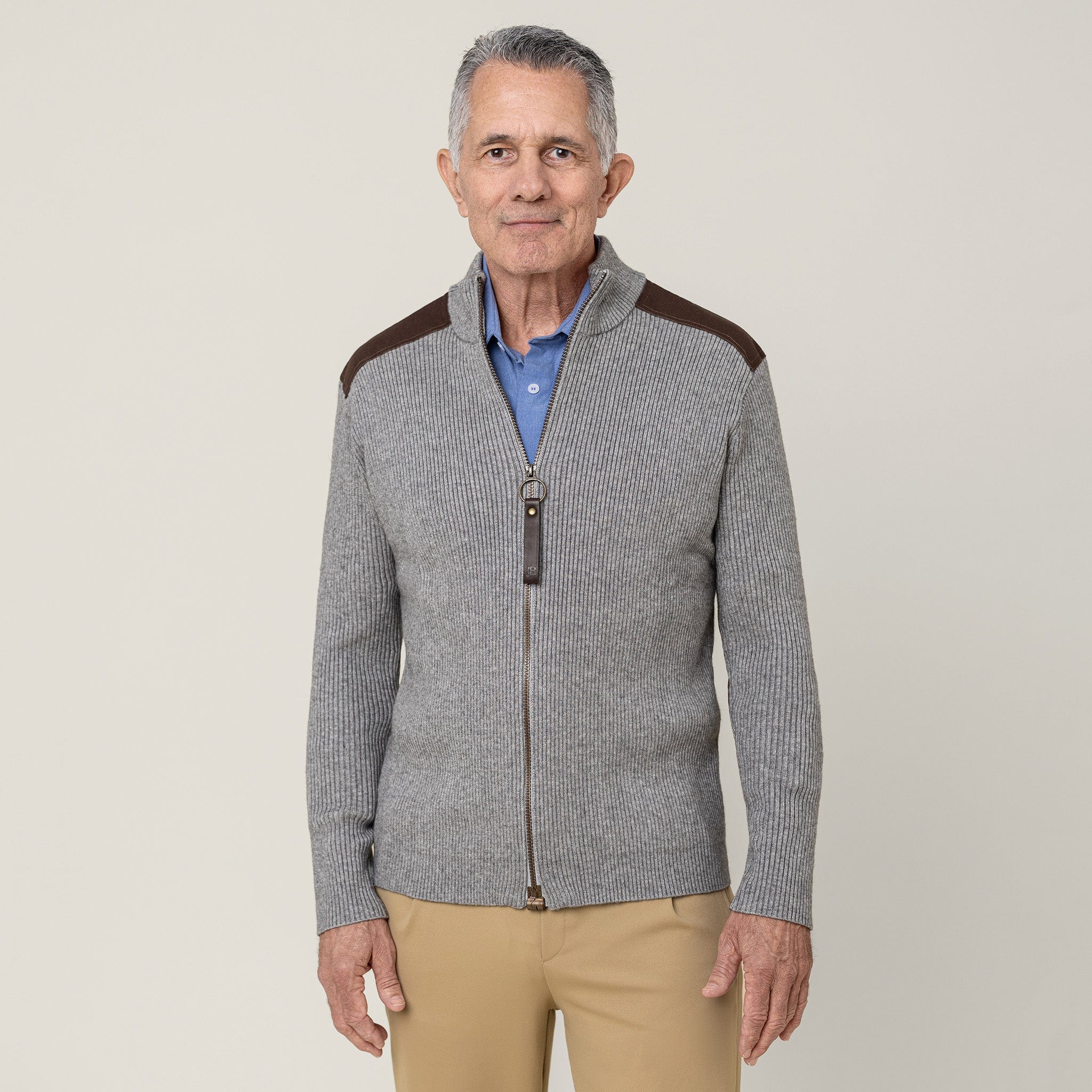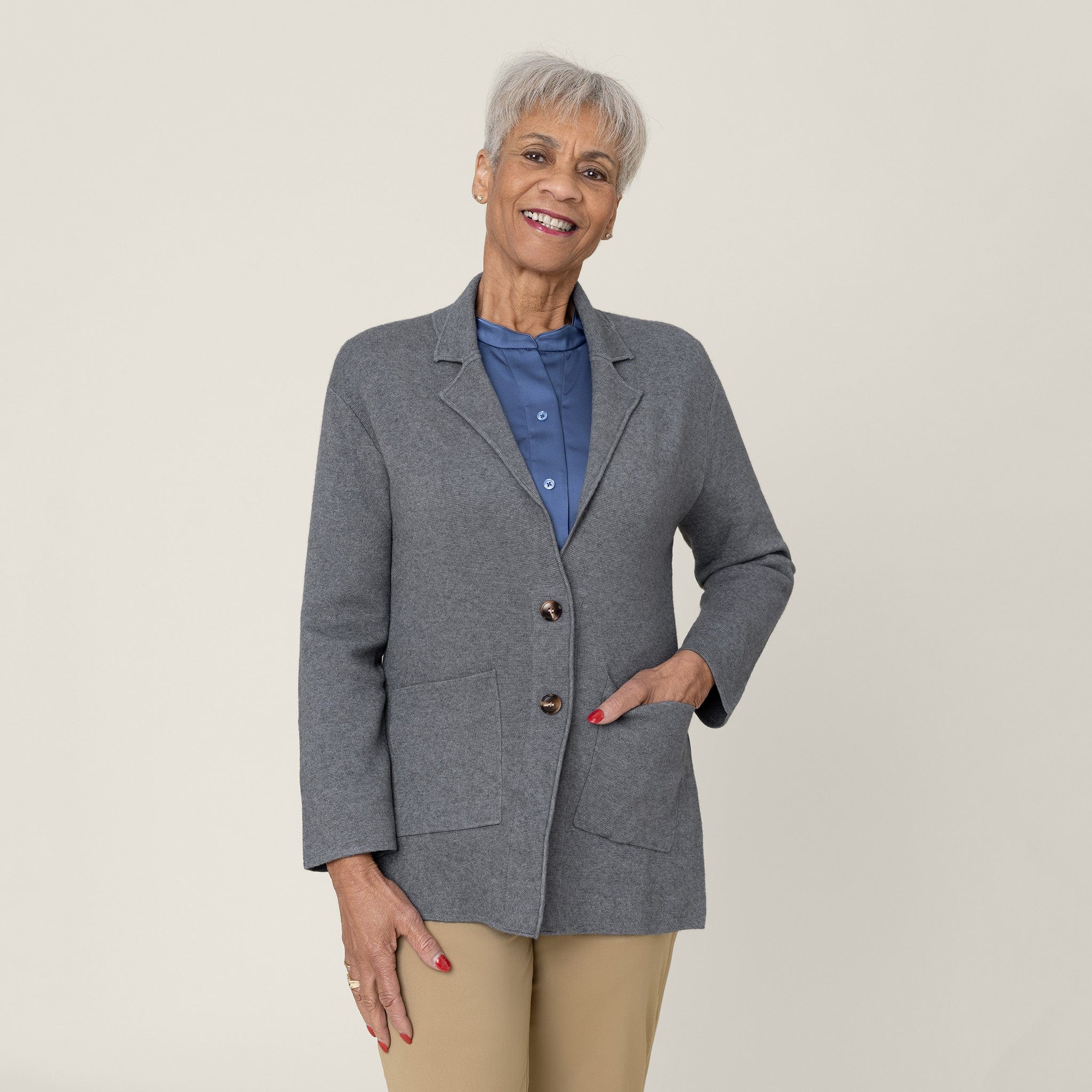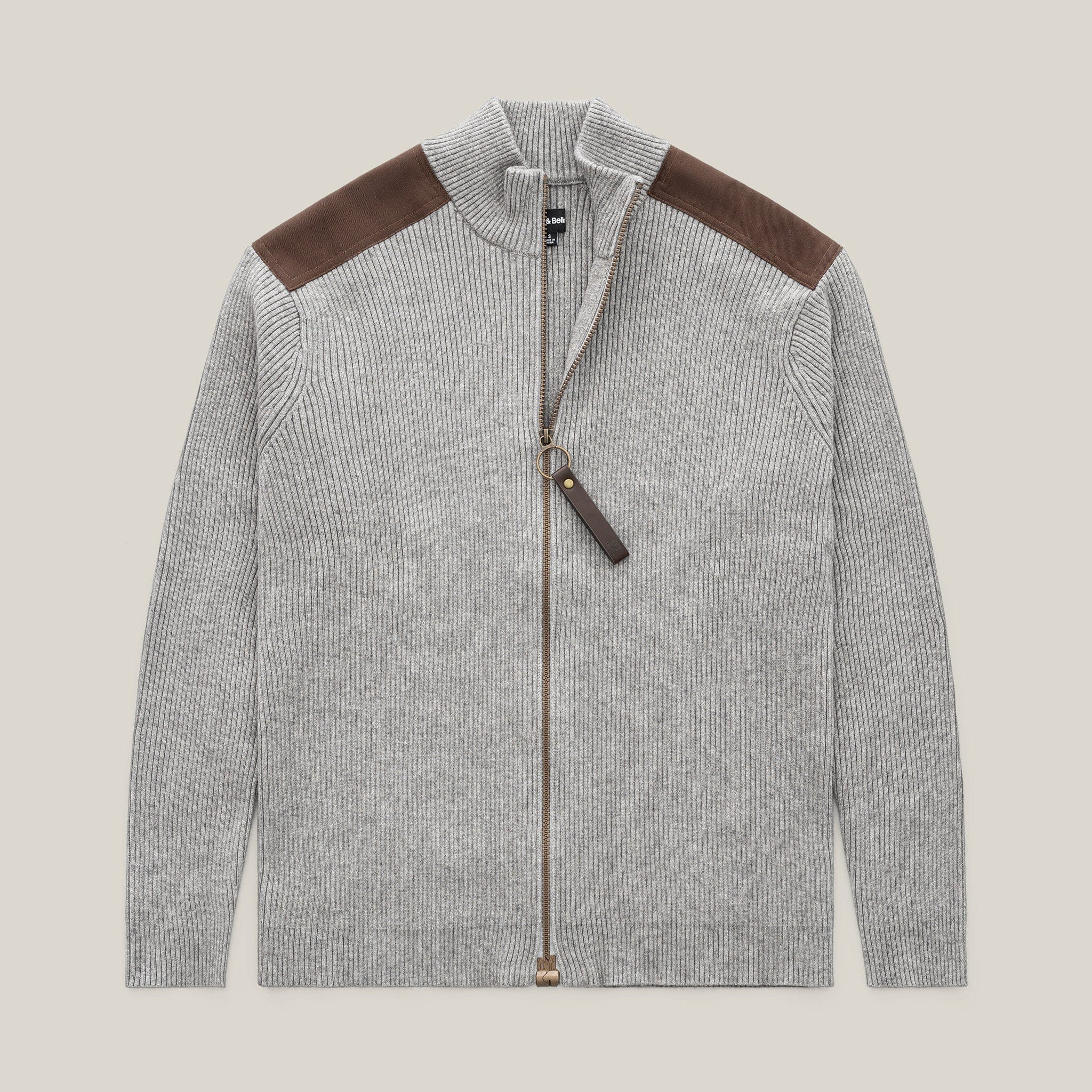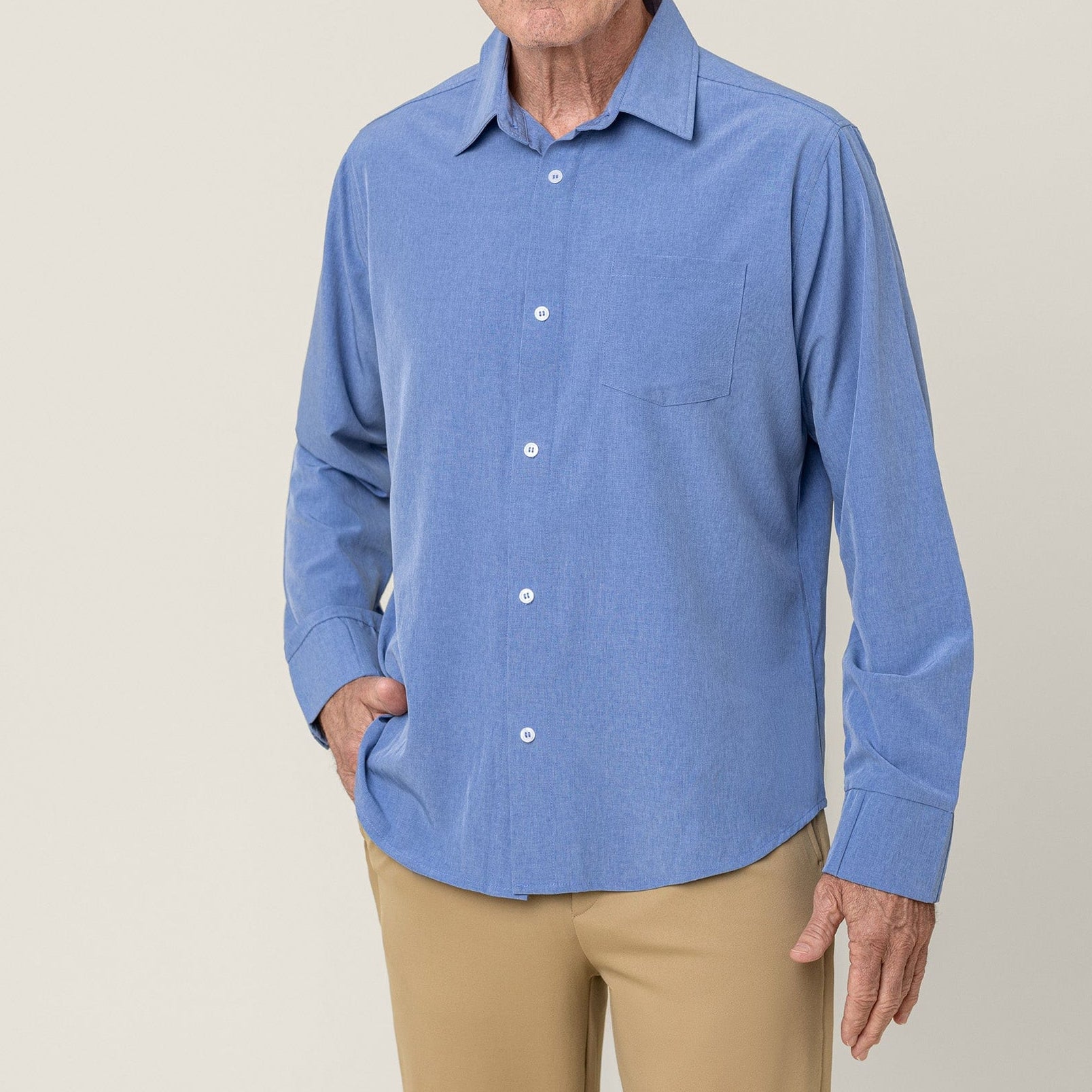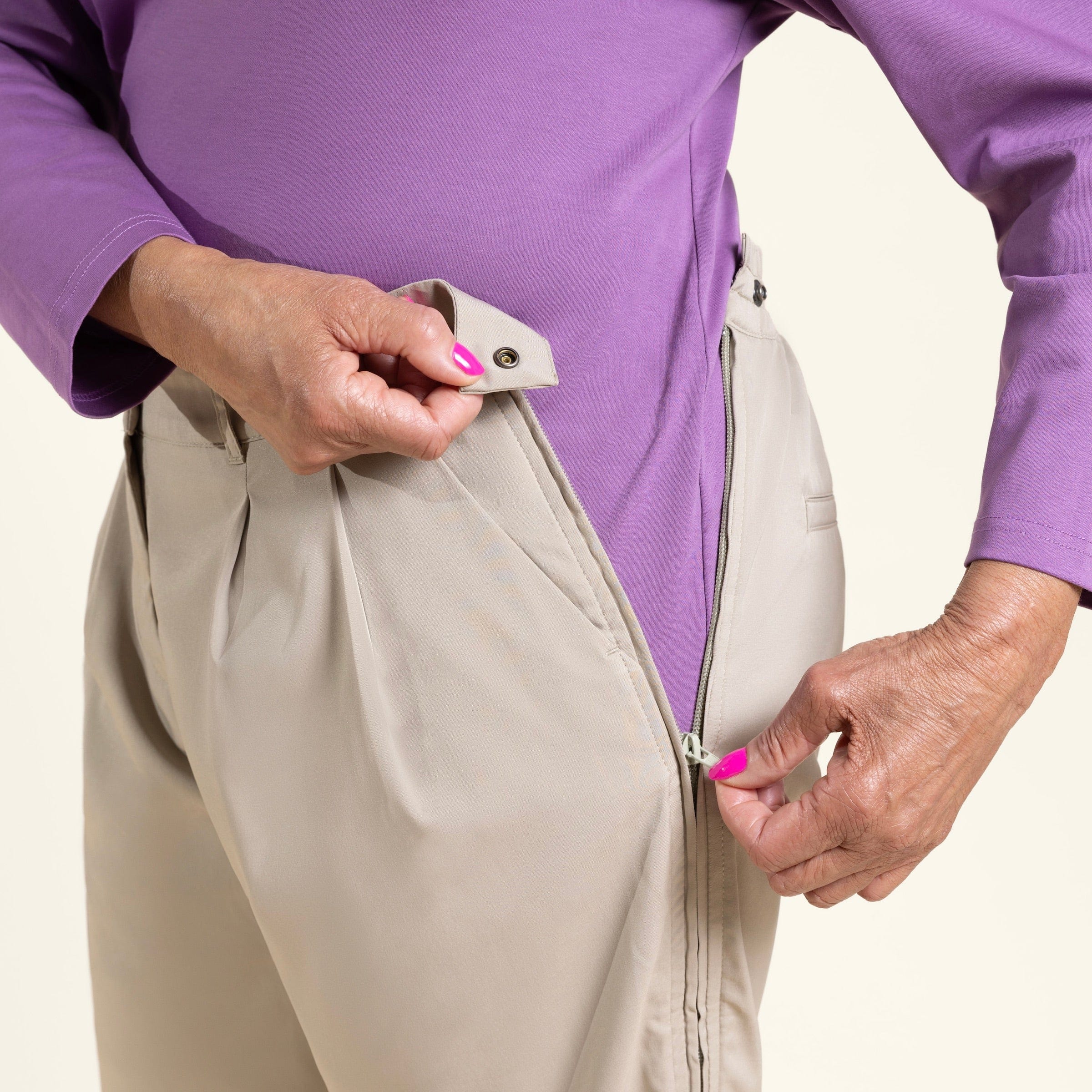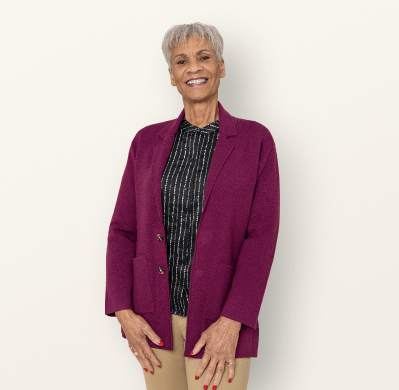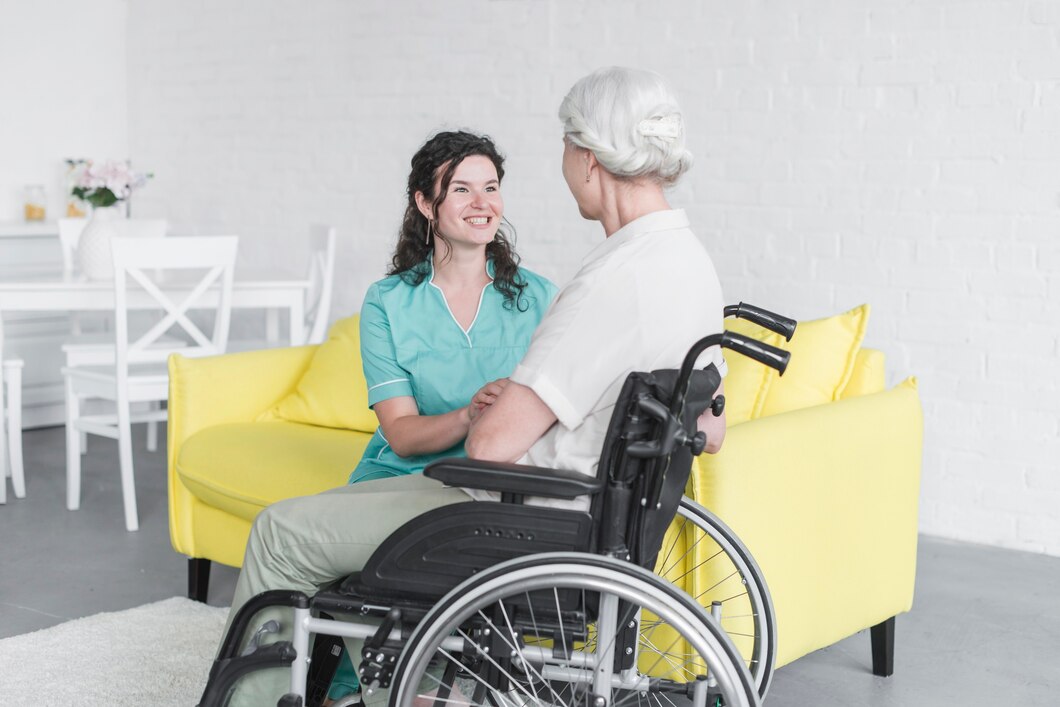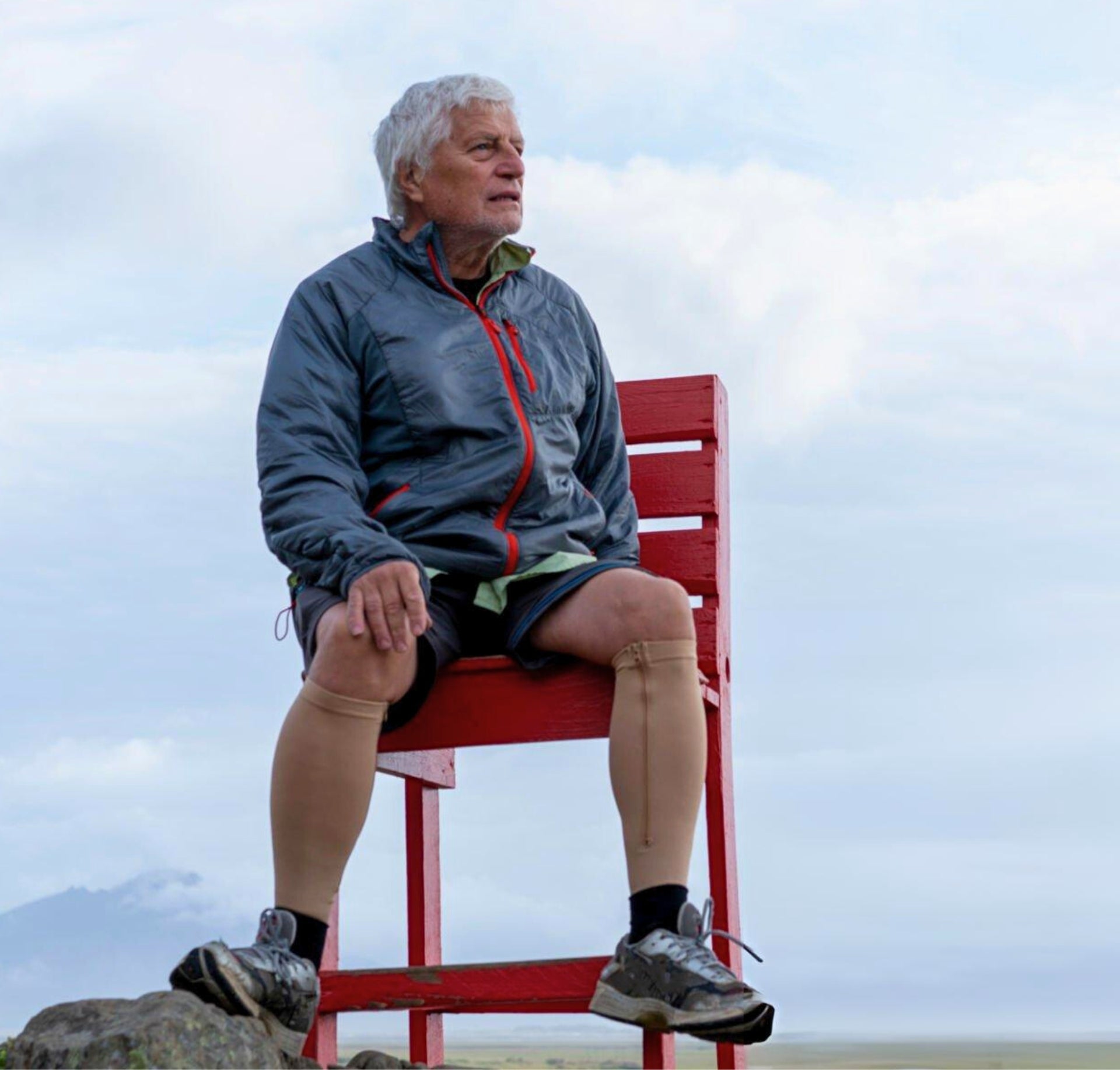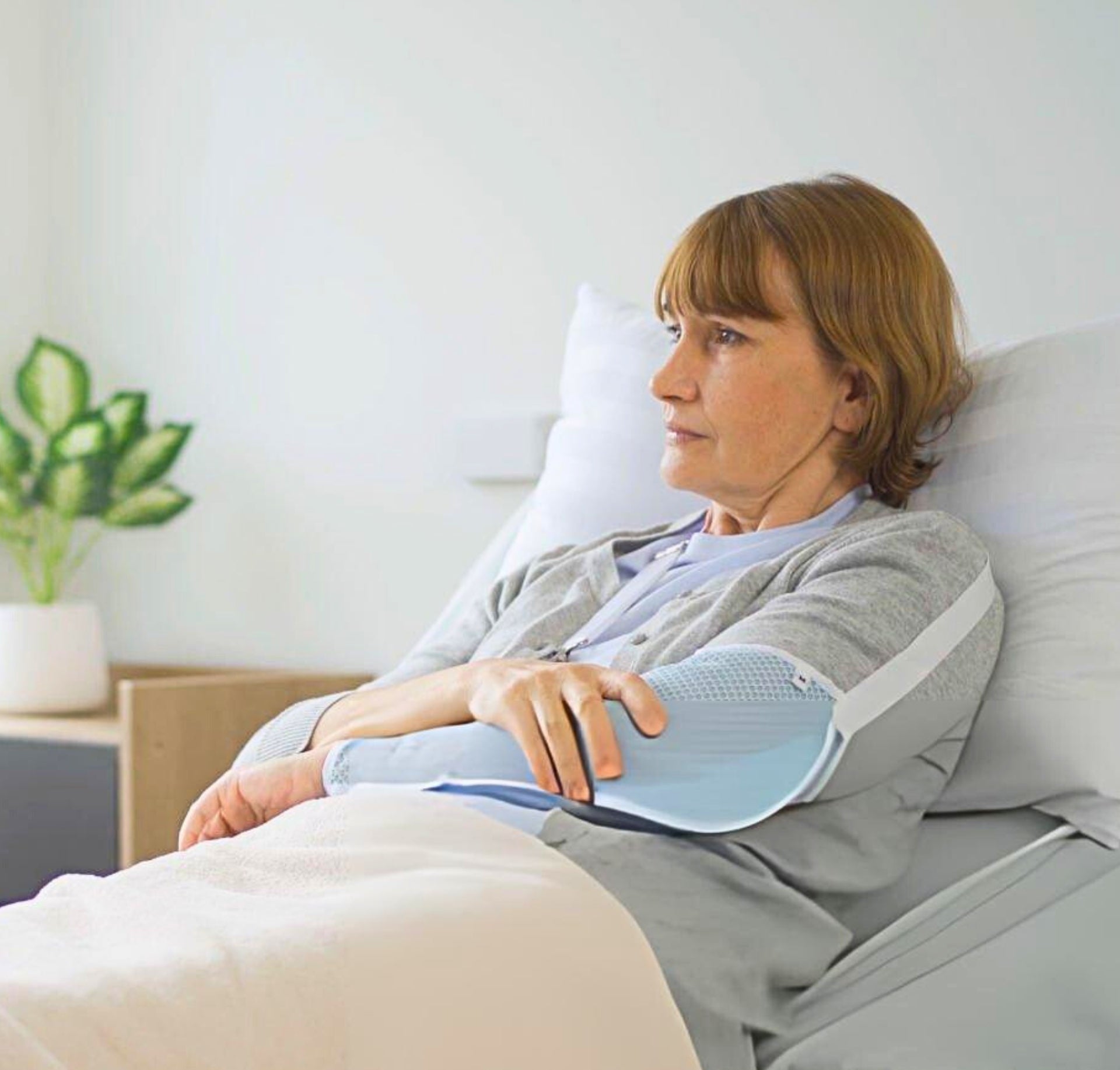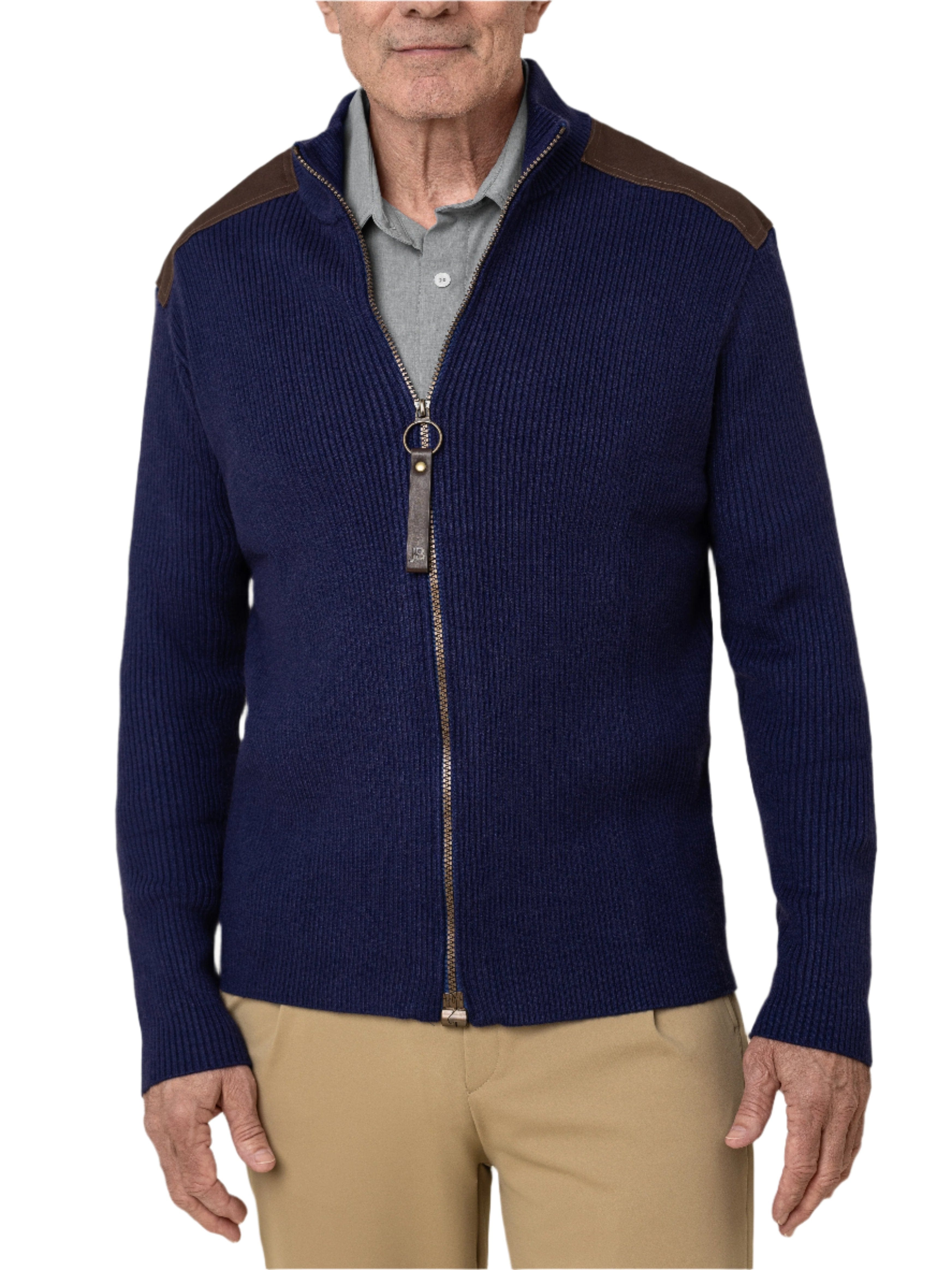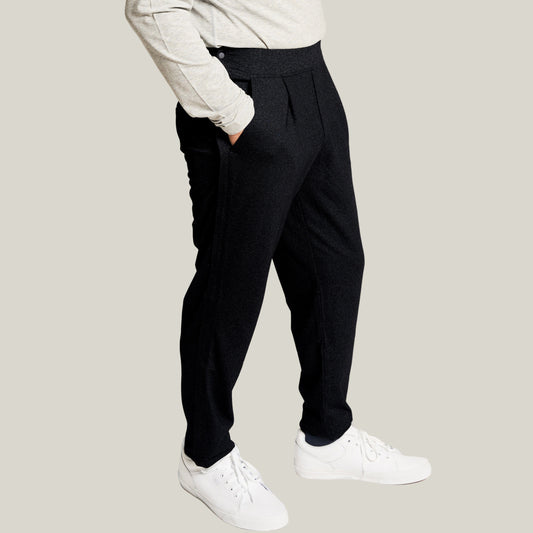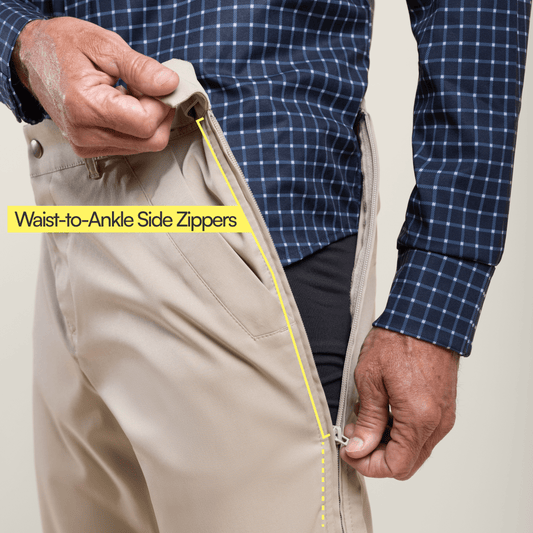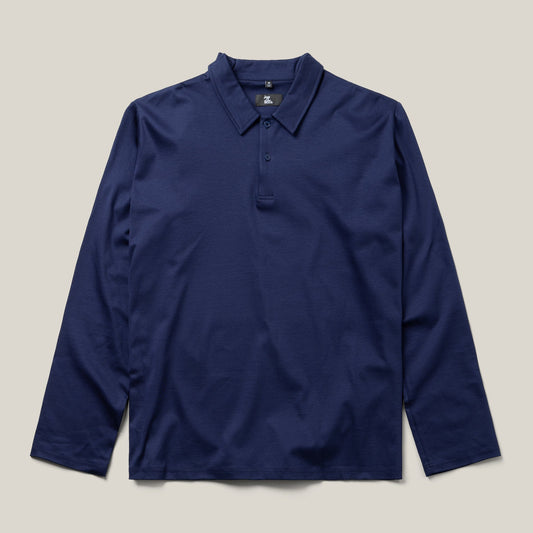Dressing can be a difficult task for stroke patients, especially when one side of the body is weak or paralyzed. A stroke can lead to various physical limitations, such as reduced mobility, balance issues, and difficulty with coordination, all of which can make everyday activities like getting dressed more difficult. Knowing how to dress a stroke patient properly can make a significant difference in their comfort, safety, and overall sense of independence.
In addition to the physical challenges, dressing can also be an emotionally sensitive issue for stroke patients. They may feel frustrated or embarrassed about needing assistance with what was once a routine task. As a caregiver, it's crucial to approach this task with empathy, patience, and respect to help maintain their dignity. With the right techniques and adaptive strategies, caregivers can provide effective support, making dressing a more manageable and less stressful experience for stroke survivors.
This guide offers practical tips and stroke dressing techniques that can help make the dressing process easier for both the patient and the caregiver. By choosing the right clothing, using appropriate assistive devices, and following specific dressing techniques, you can ensure that the process is as comfortable and efficient as possible.
7 Tips For Helping a Stroke Patient Get Dressed
When it comes to dressing a stroke patient, several key strategies can help make the process easier and more comfortable. Here are seven tips to consider:
1. Choose Adaptive Clothing
Adaptive clothing is specially designed to make dressing easier, safer and simpler for those living with limited mobility. For stroke patients, adaptive clothing can include features like Velcro closures, magnetic buttons, or side openings that make it easier to put on and take off clothes.
- Easy Fastenings: Velcro and magnetic fastenings replace traditional buttons, making it easier for those with limited hand dexterity to manage. Zippers can be modified with longer pullers or with finger loops. These features are particularly helpful for stroke patients who may have difficulty with fine motor skills.
- Open-Back Designs: Some adaptive tops and dresses are designed with open-back features that allow them to be put on without raising the arms overhead, which can be painful or impossible for some stroke survivors. Clothing designed like this is intended to be put on and off with the help of another person.
Choosing adaptive clothing can reduce the time and effort needed to dress, enhancing the stroke patient’s comfort and independence.
2. Use Loose-Fitting Garments
Loose-fitting garments are easier to put on and remove, especially for stroke patients with limited mobility or strength on one side of the body.
- Ease of Movement: Loose clothing allows for easier movement and reduces the need to struggle with tight sleeves or pants legs. This can be particularly important for stroke patients who may have difficulty lifting their arms or legs due to weakness or paralysis.
- Comfort: Loose garments are generally more comfortable and do not constrict the body, which is essential for patients who may be dealing with sensory changes or increased sensitivity following a stroke.
Opting for loose-fitting clothes can make the dressing process less cumbersome and more comfortable for stroke patients.
3. Dress the Affected Side First
One of the most critical stroke dressing techniques is to dress the affected side of the body first. This approach helps to minimize discomfort and reduces the risk of injury.
- Minimizing Strain: Dressing the affected side first allows the stronger side to assist more effectively in the process. For example, if a stroke patient has right-sided weakness, start by placing the sleeve of the shirt over the right arm and then guide the unaffected arm through the other sleeve.
- Improved Control: This technique provides better control over the weaker side, making it easier to maneuver the clothing without pulling or tugging excessively, which could lead to strain or injury.
Understanding what side you dress first on a stroke patient is crucial for maintaining their comfort and safety during the dressing process.
4. Sit While Dressing
Encouraging those recovering from a stroke to sit while getting dressed can help reduce the risk of falls and provide a stable base of support.
- Stability and Safety: Sitting on a stable chair or edge of the bed provides a safer and more stable position, especially for tasks that require bending or lifting the legs, such as putting on pants or socks.
- Energy Conservation: Sitting also helps conserve energy, which is important for stroke patients who may tire easily or have difficulty standing for extended periods.
This approach is one of the most practical dressing techniques for stroke patients, especially those with balance issues or leg weakness.
5. Use Aids and Assistive Devices
Various aids and assistive devices can make dressing easier for stroke patients. These tools are designed to help overcome physical limitations and enhance independence.
- Button Hooks and Zipper Pulls: These tools can help stroke patients manage small, fiddly fastenings without needing fine motor control. Button hooks allow the user to fasten buttons without gripping them, while zipper pulls make it easier to pull up zippers.
- Long-Handled Reachers: Reachers can help stroke patients pick up clothes from the floor or reach items that are out of their direct range, reducing the need to bend or stretch excessively.
Using these aids can make the dressing process more manageable and less frustrating for stroke patients. You should still look for adaptive clothing and equipment first, and then opt for using adaptive aids for the rest of your products.
6. Choose the Right Fabric
The type of fabric used in clothing can greatly impact comfort and ease of dressing for stroke patients.
- Soft and Stretchable Fabrics: Look for clothes made from soft, stretchable materials such as cotton, jersey, or polyester blends. These fabrics are easier to pull on and off and are more comfortable against the skin, especially for patients who may have sensory sensitivities.
- Breathable and Moisture-Wicking: Breathable fabrics that wick moisture away from the body can help keep stroke patients comfortable, particularly if they are prone to sweating or overheating.
Selecting the right fabric is an important consideration in how to dress a stroke patient effectively and comfortably.
7. Use Anti-Slip Footwear
Footwear is an essential component of safe dressing for stroke patients. Anti-slip footwear, both shoes and socks with grippers, helps prevent falls and provides better stability.
- Slip-Resistant Soles: Shoes or slippers with non-slip soles provide additional grip on various surfaces, reducing the risk of falls, which is a significant concern for stroke patients with impaired balance or coordination.
- Easy Closure Shoes: Velcro straps or elastic laces make it easier for stroke patients to put on and remove shoes independently, which can help maintain their mobility and autonomy.
- Anti-Slip Socks: Socks with silicone grippers on the bottom provide stability and traction on slippery surfaces like tile and hardwood, making them an important safety tool that all individuals recovering from a stroke should wear when walking indoors.
Choosing the right footwear is an important part of the do's and don'ts for stroke patient dressing.
How Do You Help a Patient With Right-Sided Weakness From A Stroke Get Dressed?
When assisting a stroke patient with right-sided weakness in getting dressed, it's important to consider their specific limitations and adjust the dressing process accordingly. Start by dressing the affected side (the right side) first. This technique reduces strain and allows the stronger side (the left side) to assist more effectively.
Encourage the patient to sit while dressing to maintain balance and reduce the risk of falls. Use adaptive clothing that features easy fastenings or side openings, which can be more manageable for individuals with one-sided weakness. Additionally, incorporate assistive devices like button hooks or reachers to further facilitate the dressing process.
When selecting clothing for a stroke patient with right-sided weakness, choose items made from soft, stretchable fabrics that are easy to maneuver. Footwear should be slip-resistant to prevent falls and have easy closures like Velcro for ease of use. By following these guidelines, you can help make the dressing process smoother and more comfortable for stroke patients with right-sided weakness.
Conclusion
Dressing a stroke patient requires patience, empathy, and the right techniques to ensure their comfort and safety. By choosing adaptive clothing, using assistive devices, and following specific dressing techniques, caregivers can help stroke patients maintain their dignity and independence while minimizing the physical strain and frustration that often accompanies dressing after a stroke. Understanding how to dress a stroke patient and applying the appropriate techniques can make a significant difference in their daily routine, improving their quality of life.
For a wide range of adaptive clothing options that cater to the needs of stroke patients, visit Joe & Bella’s product page and explore our collection designed to make dressing easier and more comfortable. You might also want to check out one handed dressing techniques and Alzheimer's dressing tips for caregivers.
Frequently Asked Questions (FAQs)
Why should you dress the affected side first for a stroke patient?
Dressing the affected side first provides better control and minimizes discomfort. It allows the stronger side to assist more effectively in guiding the garment onto the weaker limb, reducing the risk of strain or injury.
What tools help stroke victims get dressed?
Several tools can help stroke victims get dressed, including button hooks, zipper pulls, long-handled reachers, and adaptive clothing with easy fastenings like magnets or Velcro. These aids make the dressing process easier and promote independence.
How do you undress a stroke patient?
To undress a stroke patient, start with the unaffected side and then gently remove clothing from the affected side. This technique ensures better control and minimizes the risk of injury or discomfort.
How can caregivers support stroke patients in dressing?
Caregivers can support stroke patients by choosing adaptive clothing, using appropriate dressing techniques, and providing emotional support. Being patient, offering encouragement, and maintaining a positive attitude can help make the dressing process less stressful for stroke patients.






